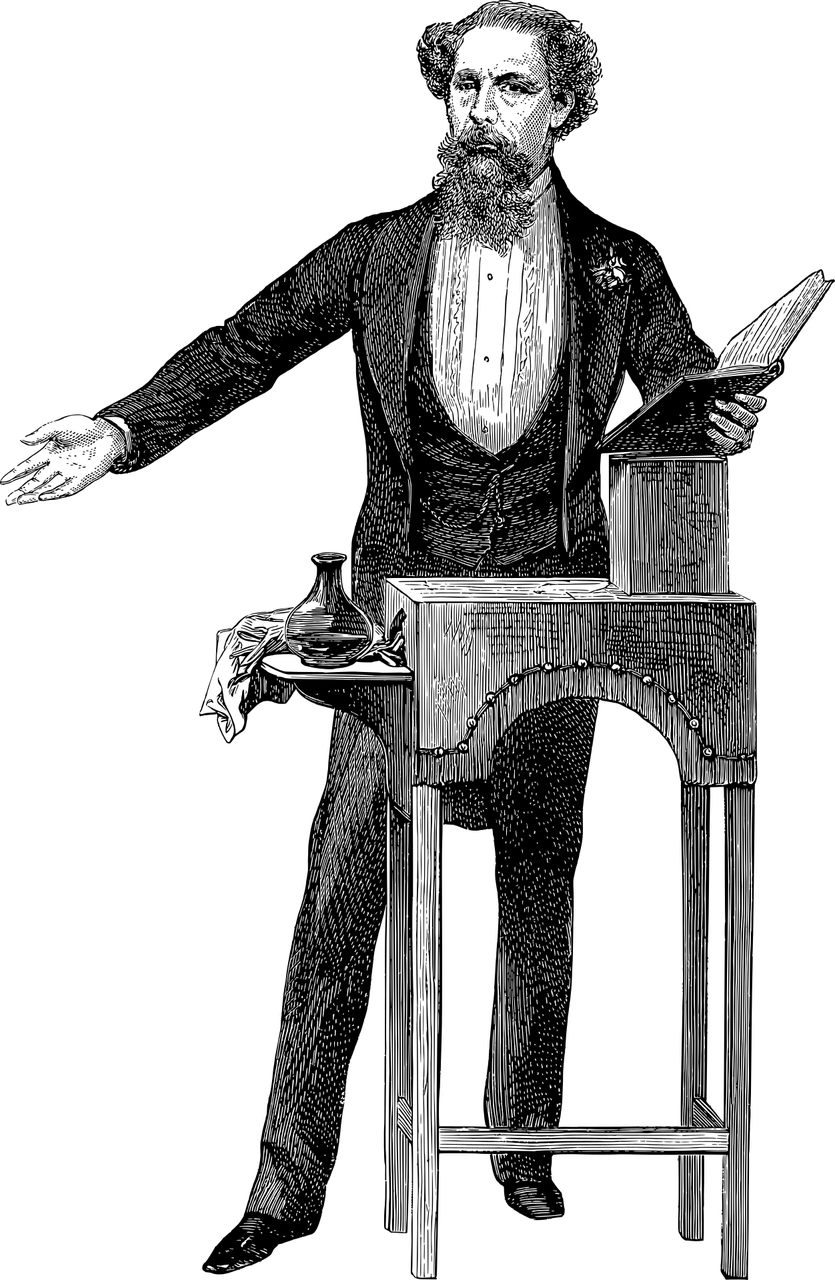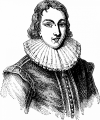[INDSÆT VIDEO HER]

George Orwell’s Books: Masterpieces of Literature That Transcend Time
Introduction to George Orwell’s Books

George Orwell, born Eric Arthur Blair on June 25, 1903, was an English novelist, essayist, and journalist. He is widely regarded as one of the most influential writers of the 20th century, known for his profound insights into socio-political issues and his remarkable ability to express them through his works. Orwell’s books have left a lasting impact on literature, with their timeless themes and provocative narratives.
The Evolution of George Orwell’s Books
George Orwell’s writing career spanned over two decades, during which he penned some of the most celebrated works in the English language. Let us take a look at the evolution of his books, from his early writings to his later masterpieces.
– Down and Out in Paris and London (1933): Orwell’s first published book, this semi-autobiographical work captures his experiences living among the impoverished in Paris and London. It sheds light on the harsh realities of poverty and societal inequality, themes that would later feature prominently in his subsequent works.
– Burmese Days (1934): Inspired by Orwell’s own experiences as a British colonial officer in Burma, this novel delves into the complexities of British imperialism and the moral dilemmas faced by those involved. It provides an insightful critique of colonialism and its impact on both the colonizers and the colonized.
– A Clergyman’s Daughter (1935): This novel follows the struggles of Dorothy Hare, a clergyman’s daughter living in a small English town. Orwell explores themes of social class, identity, and morality, offering readers a thought-provoking reflection on the challenges faced by individuals within the constraints of their environment.
– Keep the Aspidistra Flying (1936): Set in 1930s London, this novel tells the story of Gordon Comstock, a disillusioned poet who rejects the materialism of society. Orwell raises questions about the unfulfilled aspirations of artists and the struggle between artistic integrity and financial stability.
– The Road to Wigan Pier (1937): In this non-fiction book, Orwell documents the living conditions of the working class in industrial England. It provides a comprehensive analysis of poverty and inequality, while also discussing the merits and pitfalls of socialism as a potential solution.
– Homage to Catalonia (1938): Based on Orwell’s experiences fighting in the Spanish Civil War, this memoir offers a firsthand account of the political turmoil and ideological divisions of the time. It serves as a poignant reflection on the complexities of war and the disillusionment that follows.
– Animal Farm (1945): Arguably Orwell’s most famous work, this allegorical novella depicts a group of farm animals who overthrow their human farmer, only to be consumed by power struggles and corruption. It serves as a scathing critique of totalitarianism and a cautionary tale about the potential abuse of power.
– Nineteen Eighty-Four (1949): Orwell’s final novel, this dystopian masterpiece is set in a totalitarian society where the government controls every aspect of citizens’ lives. It introduces concepts such as Big Brother, thought police, and newspeak, which have become ingrained in popular culture. Orwell’s portrayal of a surveillance state remains eerily relevant in today’s technologically advanced world.
Conclusion
George Orwell’s books continue to captivate readers worldwide, transcending time and societal changes. Through his powerful storytelling and incisive critiques, he reminds us of the dangers of authoritarianism, the complexities of human nature, and the importance of individual freedom. Whether it be the vivid portrayal of poverty, the dissection of political ideologies, or the warning against the erosion of truth, Orwell’s works resonate with audiences from all walks of life. As we delve into the world of George Orwell’s books, we are confronted with profound questions about society, power, and the human condition that remain as relevant as ever.
FAQ
What are some recurring themes in George Orwells books?
Which book is considered George Orwells most famous work?
Who was George Orwell?
Flere Nyheder
Saxofonist med dj: energi til bryllupper og klubnætter
George Orwell’s Books: Masterpieces of Literature That Transcend Time Introduction to George Orwell’s Books George Orwell, born Eric Arthur Blair on June 25, 1903, was an English novelist, essayist, and journalist. He is widely regarded a...
06 november 2025
Den perfekte bryllupsfotograf til din store dag
George Orwell’s Books: Masterpieces of Literature That Transcend Time Introduction to George Orwell’s Books George Orwell, born Eric Arthur Blair on June 25, 1903, was an English novelist, essayist, and journalist. He is widely regarded a...
30 oktober 2025
Hvordan du finder kunstprojekter i dit lokalområde
George Orwell’s Books: Masterpieces of Literature That Transcend Time Introduction to George Orwell’s Books George Orwell, born Eric Arthur Blair on June 25, 1903, was an English novelist, essayist, and journalist. He is widely regarded a...
02 oktober 2025
Symbolik i klassisk og moderne billedkunst
George Orwell’s Books: Masterpieces of Literature That Transcend Time Introduction to George Orwell’s Books George Orwell, born Eric Arthur Blair on June 25, 1903, was an English novelist, essayist, and journalist. He is widely regarded a...
02 oktober 2025











